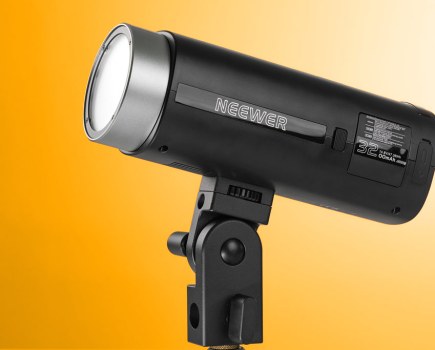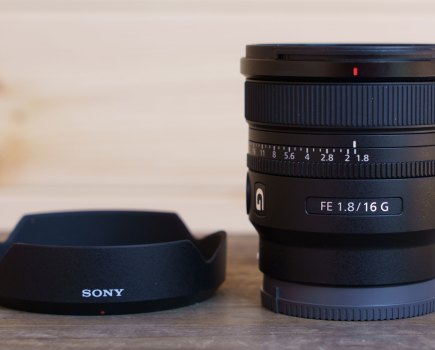While we are seeing more and more high-end compact cameras enter the market, there is still a big demand for small travel models with large zoom lenses, such as this latest offering from Fujifilm – the FinePix F800EXR.
Fujifilm FinePix F800EXR review – Features
At the core of the F800EXR is a 1⁄2in (6.4×4.8mm) CMOS sensor, with a sensitivity range of ISO 100-12,800. In front of this sensor sits a 20x 4.6-92mm Fujinon lens (equivalent to 25-500mm on a 35mm camera). The camera has eight shooting modes, including auto, program and the advanced EXR mode. When set to EXR, the camera is meant to recognise 58 different types of scene and will then automatically adjust the camera to its optimum exposure and image settings.
Like other recent cameras, the F800EXR can transfer images via Wi-Fi to mobile devices. A free Fujifilm camera app is available from the iTunes store for installation on an iPhone or iPad. To improve speed and save valuable space, images are resized to 3 million pixels by default when being transferred.
Build and handling
 The FinePix F800EXR is well built and easily fits into a pocket or small bag, making it convenient to carry at all times. The lens is a three-section telescopic type, which extends to about 11⁄2in, and it retracts into the camera when turned off.
The FinePix F800EXR is well built and easily fits into a pocket or small bag, making it convenient to carry at all times. The lens is a three-section telescopic type, which extends to about 11⁄2in, and it retracts into the camera when turned off.
The shutter release is placed at a slight angle to the top-plate, which makes it comfortable to use, while the mode dial is also angled, with clearly marked settings. For the casual user there are perhaps too many modes and menu options, although the program, auto and EXR modes can be used with confidence for most shots.
Performance and verdict

Image: For this wideangle shot, the lens was set at 4.6mm (25mm equivalent on a 35mm camera), 1/600sec at f/7.1
Tested in a variety of shooting conditions, the FinePix F800EXR produces well-exposed images. However, it does have some annoying features. For instance, the zoom control is jerky, making accurate framing difficult, and while the intelligent flash produced evenly lit shots, it’s not intelligent enough to pop up automatically when required, instead requiring manual activation via a side button.
Though the ISO 100-12,800 sensitivity range of the F800EXR may seem impressive, ISO 12,800 images are only 4 million pixels, and ISO 6400 files are 8 million pixels in resolution. Regarding to the image quality, I found the in-camera JPEG compression to be too high, even when the image quality is set to its Fine setting. Fortunately, the camera also shoots raw files, allowing colour noise to be reduced while maintaining detail.
At ISO 100 the noise is not really visible, but by ISO 800 it is showing in shadow areas. Images created with the ISO 12,800 setting are virtually unusable other than for effect.
The zoom lens is optically very good, although there is a choice of just three aperture settings – fully opened, stopped down and a middle setting. The actual size of the aperture decreases as the focal length increases. Fringing and chromatic aberrations are kept to a minimum, as is curvilinear distortion. At the maximum 500mm telephoto setting it can be difficult to shoot handheld, although the image stabiliser does help ensure sharp shots at longer focal lengths.
Fujifilm FinePix F800EXR – Our verdict
With a huge number of features, the Fujifilm FinePix F800EXR should appeal to enthusiast photographers. However, the JPEG images can be an issue, so getting the best from the camera will require shooting raw images.








